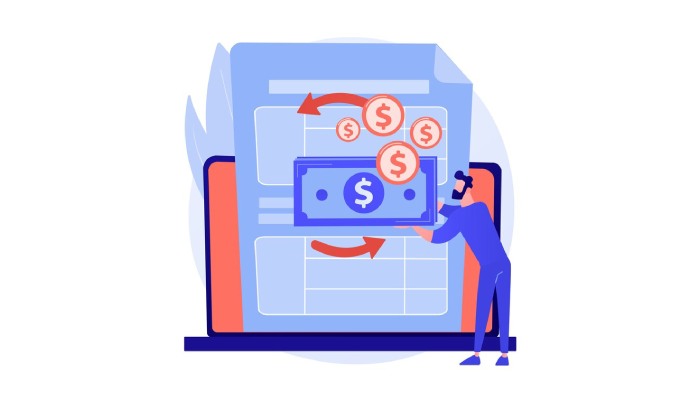Starting from January 1, 2024, the tax legislation of the Republic of Moldova applies the principle of transfer pricing.
The transfer price is the price established in business transactions between different divisions of a single company or between members of a single group of companies.
Transfer pricing allows for the establishment of prices for the goods and services exchanged between subsidiaries, affiliates, or commonly controlled companies that are part of the same larger enterprise.
Preliminary pricing agreement – a decision issued by the State Tax Service, which establishes and justifies the conditions and methods for forming transfer prices during a certain period.
Transfer pricing is a complicated and time-consuming methodology.
Announcement
- comments regarding the specifics of selecting a Pricing Method
- comparability of commercial and (or) financial terms of transactions and functional analysis
- recommended stages of preparing documentation regarding a controlled transaction
- RM news regarding transfer prices
For you need to register in your personal account.
Normative base
Transfer pricing - General information
|
Useful information:
Europa / International:
|
Transfer prices - Subjects
- Companies with a transaction value of 20 million lei per year or more (but less than 50 million lei)
- Information on transfer prices is required.
submitted by the taxpayer no later than the 25th day of the third month following the end of the reporting tax period.
- Transfer pricing file (dossier) - at the request of the State Tax Service.
submitted by the taxpayer within 60 calendar days from the date of receipt of the request.
- Companies with a transaction value of 50 million lei per year or more
- Information on transfer prices and transfer price dossiers is required.
Information on transfer prices (and dossier) is submitted no later than the 25th day of the third month following the end of the reporting tax period.
- The taxpayer is obliged to ensure that the transfer price dossier is kept for a period of six years, which is calculated from the moment the dossier is submitted.
- Taxpayers who are not required to compile and submit transfer price dossiers are required by the State Tax Service to provide certain information and documents for pre-audit.
Transfer pricing verification methods
- a) comparable prices method (CUP);
- b) resale price method (RPM);
- c) cost plus method (Cost plus);
- d) net trade margin method (TNMM);
- e) profit distribution method (PSM);
- f) any other method recognized in accordance with the OECD Transfer Pricing Guidelines
The criteria for determining the most appropriate method are provided for in sub-section (5) of Section 22620 of the Tax-Code RM.
sub-section (5) In determining the most appropriate method, the following considerations shall be taken into account:
- a) the method is determined based on the content of the controlled transaction, as well as on the basis of a functional analysis of the controlled transaction, including taking into account the functions it performs, the assets used and the risks encountered;
- b) the method is determined on the basis of information from reliable sources, such as information about transactions between independent parties;
- c) the method is determined taking into account the documents submitted by the taxpayer;
- d) the method is determined based on the degree of comparability between controlled transactions and transactions made between independent persons;
- e) the method depends on the specific circumstances of the case.
Elements of comparability analysis
- characteristics of the transaction object;
- functional analysis;
- contractual terms and concepts of the transaction;
- the economic circumstances in which transactions are made;
- business strategies and other factual circumstances of the parties to the transaction.
Determining the range of comparable prices
- Lower quartile is the value below which the smallest 25% of values in the range of transaction price values fall.
- Upper quartile is the value below which the highest 25% of values in the transaction price range fall.
- Median value is a value in the middle of the range of comparable prices.
The lower and upper quartiles represent the minimum and maximum values of the comparable price range.
Sanctions
According to Article 260 of the Tax Code of the Republic of Moldova - Failure to comply with the procedure for compiling and submitting tax reports and tax invoices
- (9) Failure to submit transfer price dossiers in a timely manner shall entail a fine of 30,000 to 50,000 lei.
- (10) Submission of a transfer price dossier containing false information shall entail a fine of 150,000 to 200,000 lei.
- (11) Failure to submit a dossier of transfer prices entails a fine of 300,000 to 500,000 lei.
